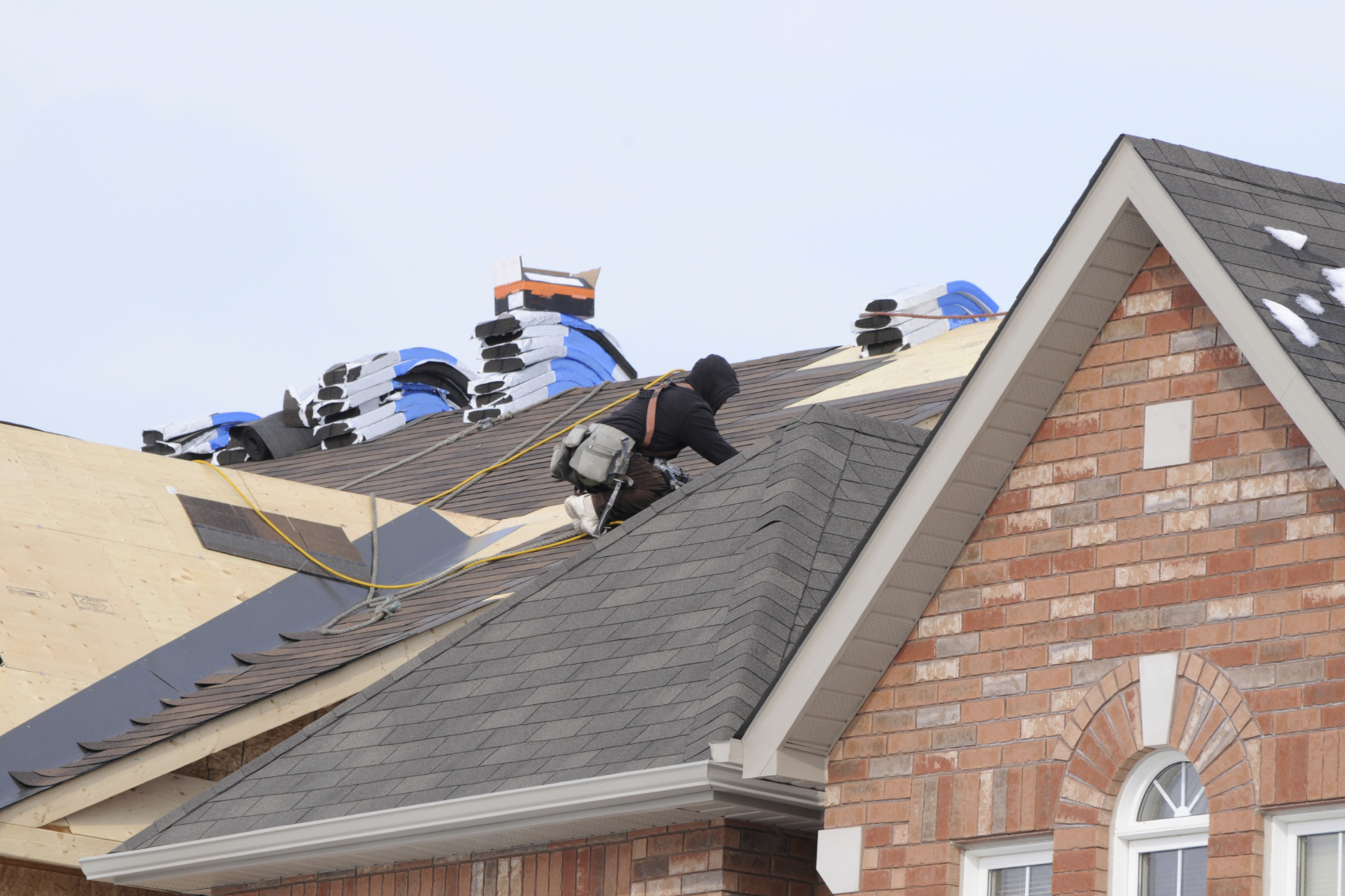
The color of the shingles you choose for your build can have a significant impact on the building’s energy efficiency. The color shingles your clients choose can have significant effect on the temperature of the upper levels of the building. Attic temperatures can vary as much as 20 to 40 degrees F which in turn can reduce energy consumption by 20%.
A study by the United States Department of Agriculture found that wood roofing panels under black shingles were ten to fifteen degrees warmer than the same panels under white shingles on a sunny day: “… for most recorded locations, the black-shingled roofs were generally 10°F to 15°F warmer than identical white-shingled roofs on sunny days. However, during the evening, the black-shingled roofs also tended to lose heat faster than did the white-shingled roofs. In obtaining equilibrium with ambient outdoor temperature, both black-shingled and white-shingled roofs generally experienced similar nighttime temperature profiles. …. shingle color or, more appropriately, radiant absorptivity of the shingle was a predominant factor in dictating peak roof sheathing temperatures…”
In warmer climates, lighter colors will reduce heat absorption from the sun while cooler climates will want black shingles that help to melt winter snow. You can compromise the shingle color to better suit home design by selecting shingles with flex of white or grey in warmer climates. Consider blends like grays to get the most out of your shingles all year round.
Roofing is a long-term commitment that must balance aesthetic appeal with energy efficiency. Be sure to compensate for shingle color when considering energy efficiency and the efficacy of your building envelope.
